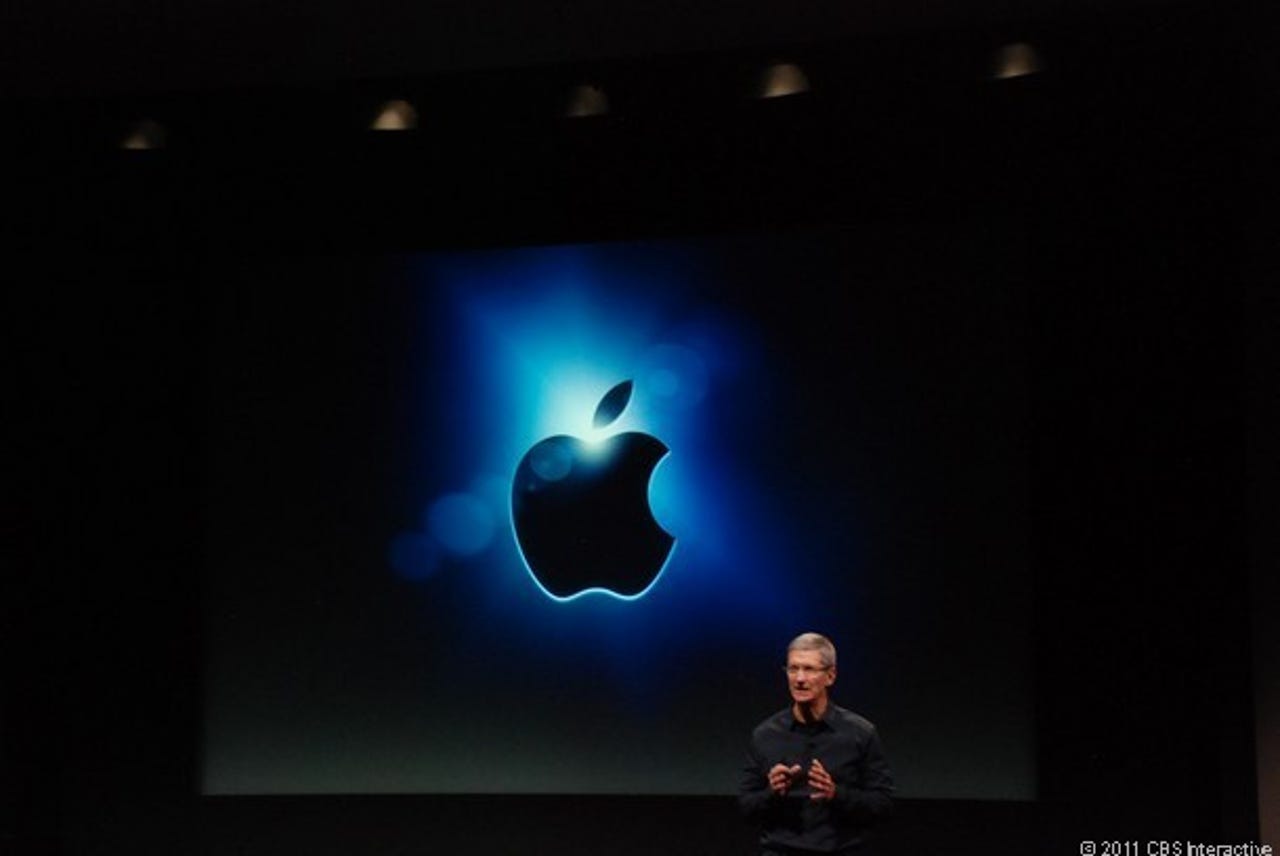With changes, Apple's Cook takes decisive action for future


As Hurricane Sandy reconfigured the eastern seaboard of the United States, so did Apple chief executive Tim Cook, dismissing longtime exec Scott Forstall (most recently head of iOS) and retail chief John Browett in a series of executive changes announced last night.
Much will be made of the personality clashes that serve as the undercurrent to these changes, but the key takeaway here is that Tim Cook is circling the wagons after a rocky year in which the monolithic company began to reveal fissures.
That's why Jony Ive, Bob Mansfield, Eddy Cue and Craig Federighi will add more responsibilities to their roles at the company -- it seems that Cook thought there were too many cooks in the kitchen, with the result manifesting in products that increasingly grew apart.
Here's Fast Company's Austin Carr on just one battle, over skeuomorphic design, where digital things imitate the real-life objects they replace:
Inside Apple, tension has brewed for years over the issue. Apple iOS SVP Scott Forstall is said to push for skeuomorphic design, while industrial designer Jony Ive and other Apple higher-ups are said to oppose the direction. "You could tell who did the product based on how much glitz was in the UI," says one source intimately familiar with Apple's design process.
Apple's products will always be the collective effort of many people, but it's up to the company's leadership to smooth the edges so that the patchwork effect isn't jarring to the customer. In the paragraph above, you can see teams beginning to push their own agendas rather than an agreed-upon direction for the product as a whole. That's usually the first step toward corporate catastrophe.
(If you want to read more on the various storylines, read posts by Om Malik, John Gruber and reports by Jess Lessin and Nicks Wingfield and Bilton. All take different angles on this story.)
I'd like to focus on Cook. Here, we see the chief executive begin to change what he had been handed in the wake of former chief executive Steve Jobs' death. Many of the names mentioned above were hand-picked by Jobs for roles at that moment; here, Cook is heading off further trouble at the pass with decisive action. Perhaps his only regret might be letting some of that internal tension manifest itself in the products, from UI design philosophy to the Maps fiasco to whatever else might be out there.
No matter. The house that Steve built is becoming the house that Cook built, albeit slowly. So far, both eras seem to share the same philosophy of simplification: instead of allowing Apple's various branches to grow in their respective directions, Cook has reaffirmed the company's course (and values) by pruning what's out of line. It's not necessarily the best management strategy, but it has worked well for Apple.
One last point: none of these changes address the company's recent quality control issues. Cook may have excised conflict from the top ranks of his company, but a higher bar of expectation starts with him. Half-baked products are a company culture issue. That starts with Cook.
Photo: Kent German/CNET